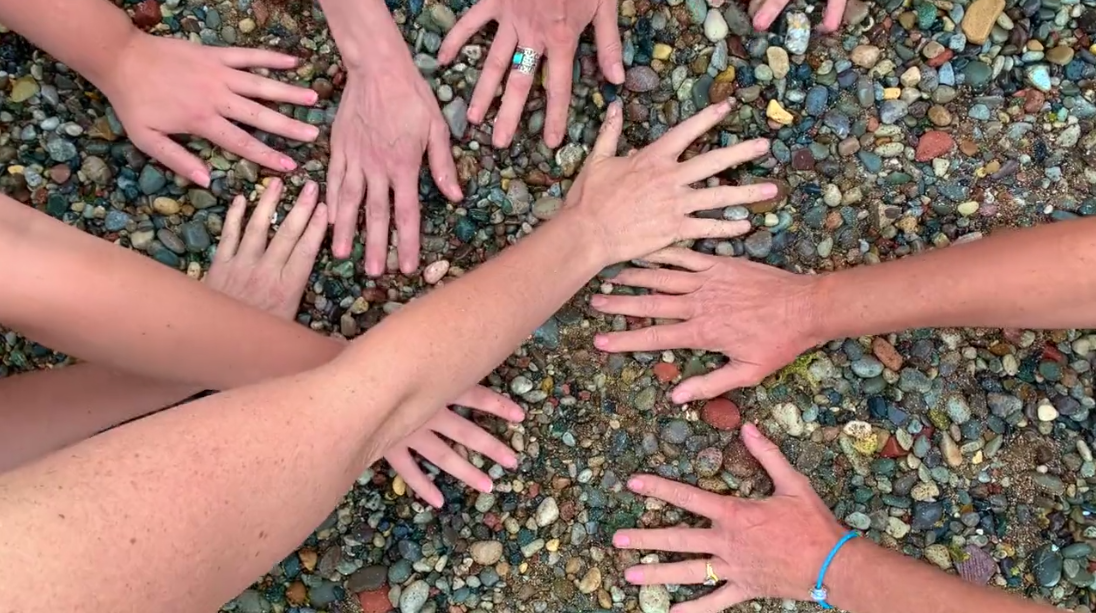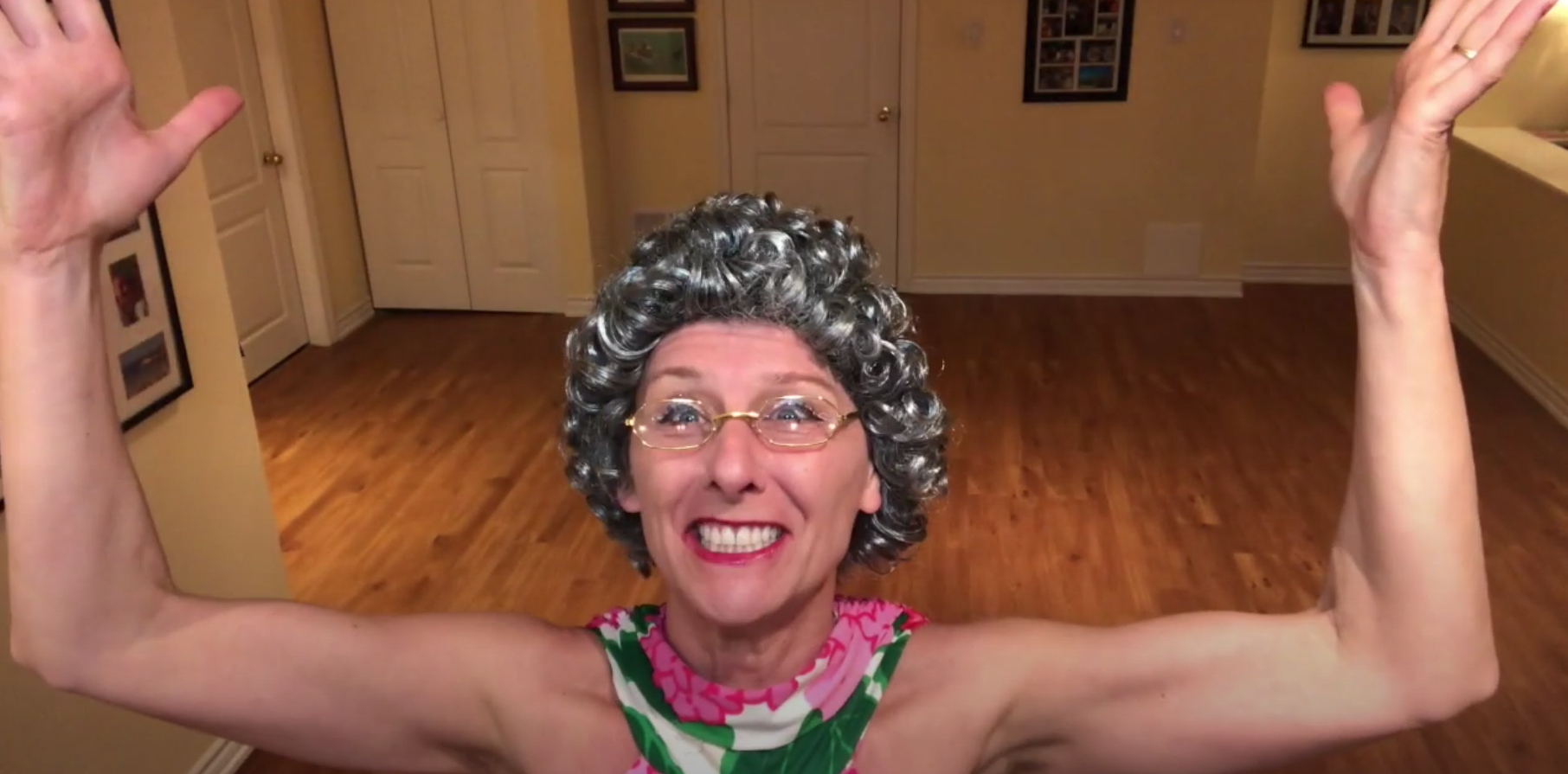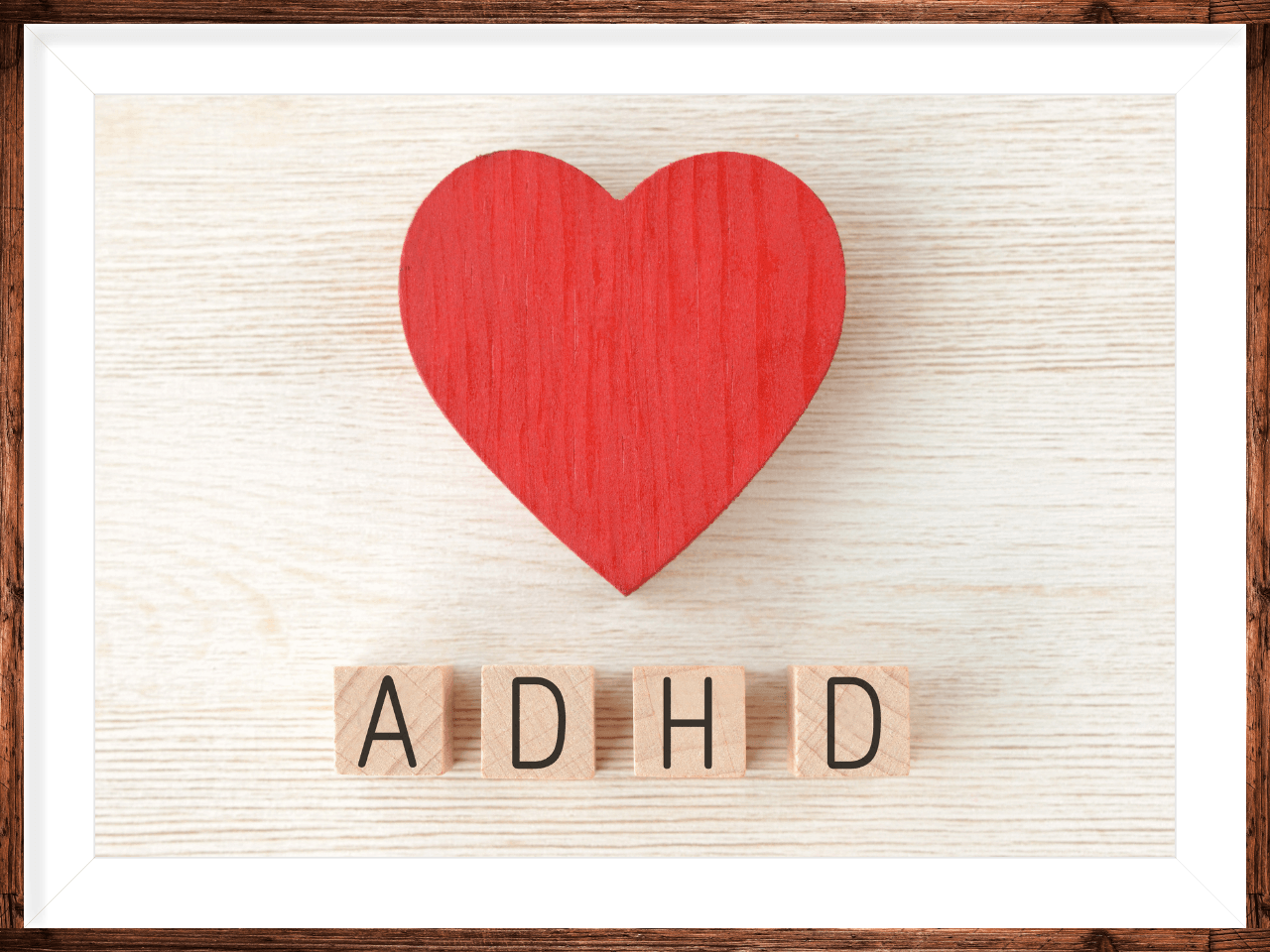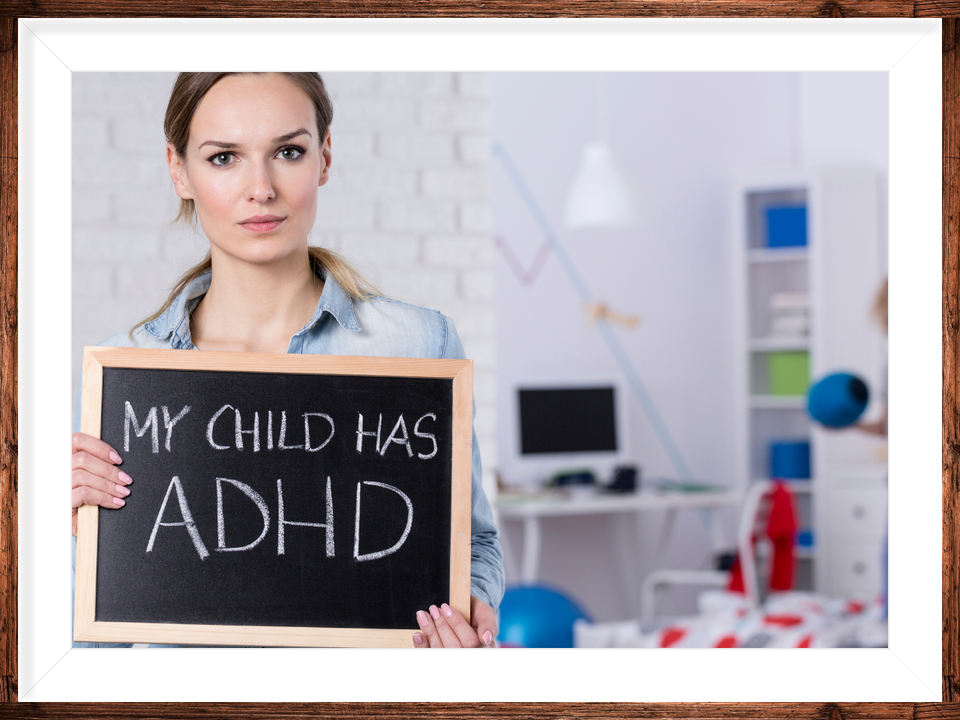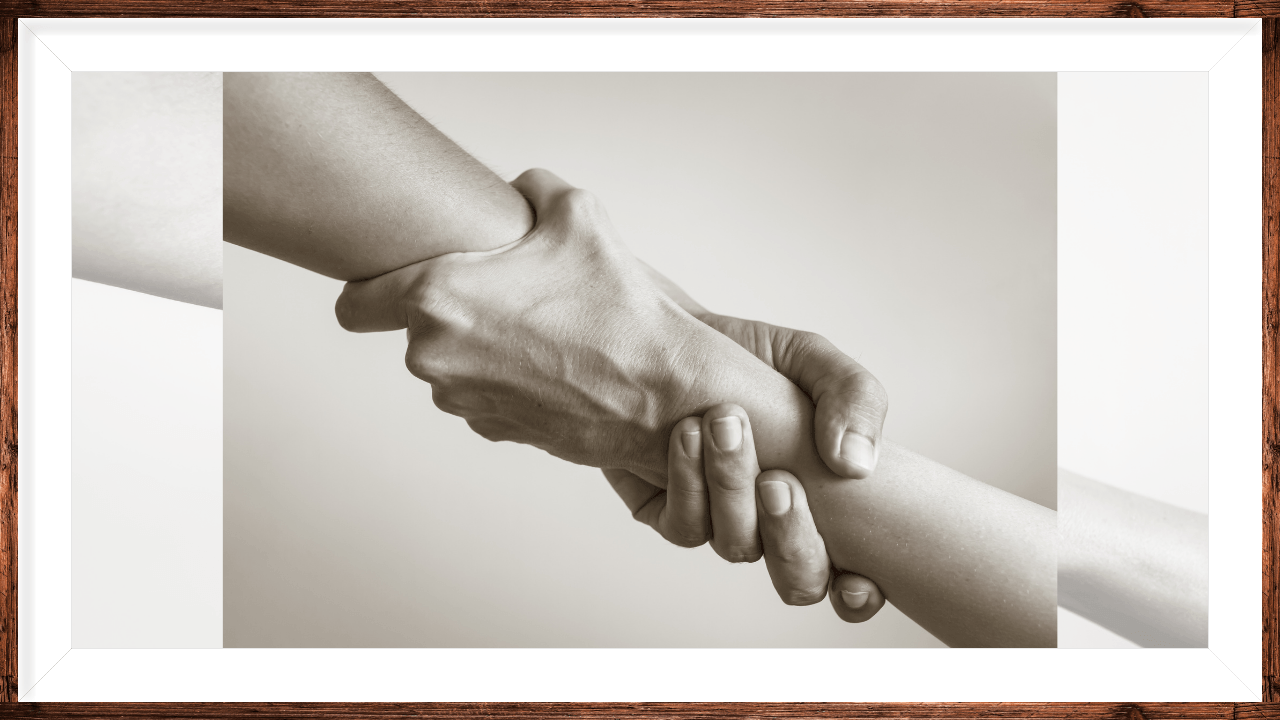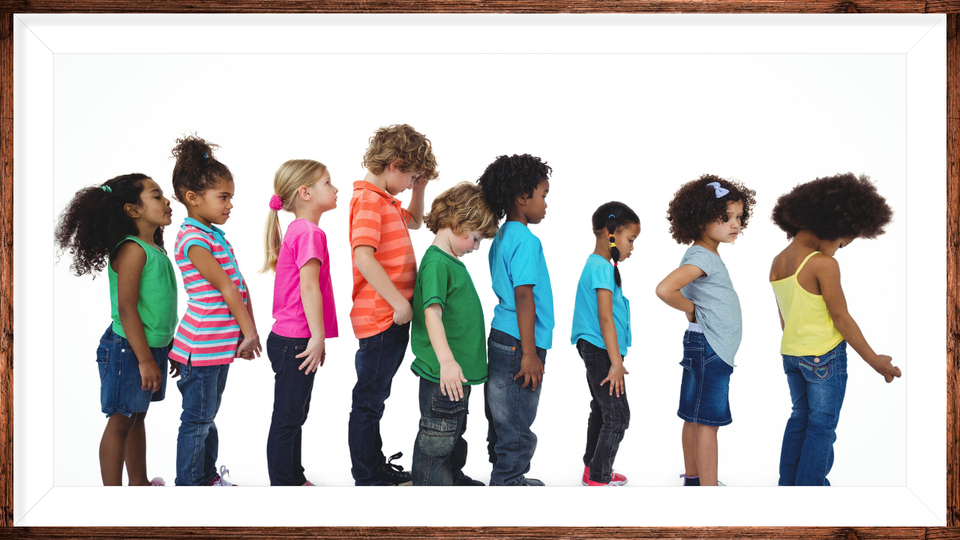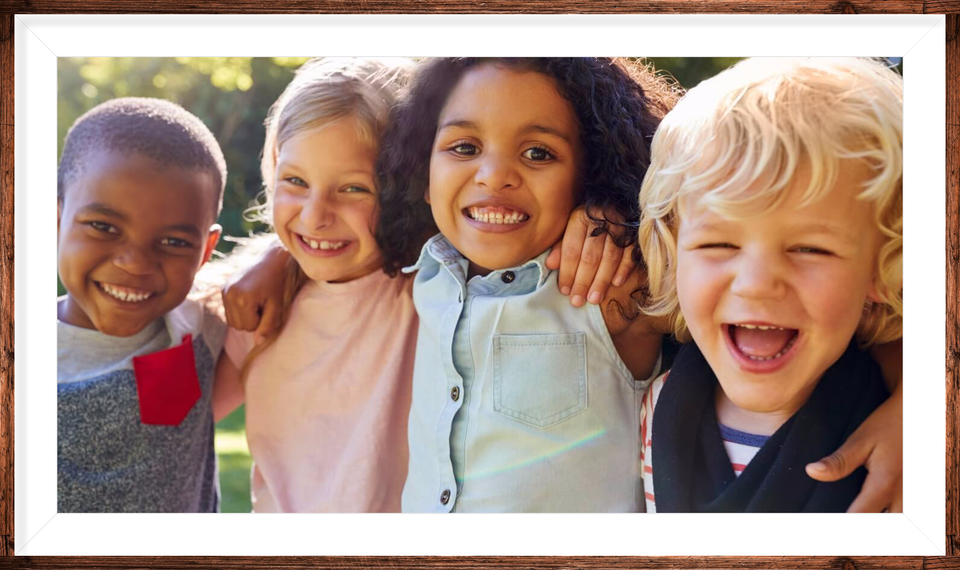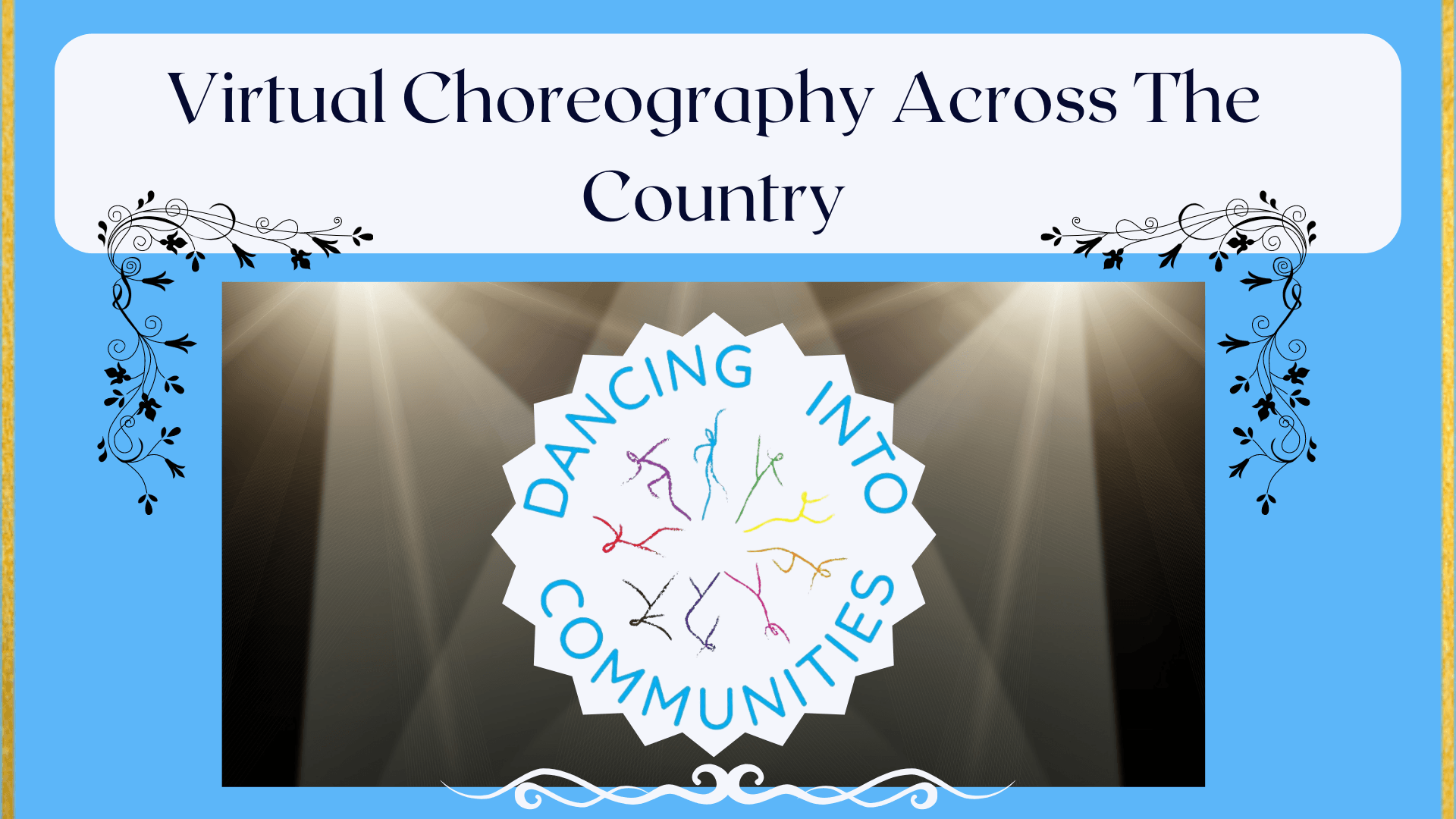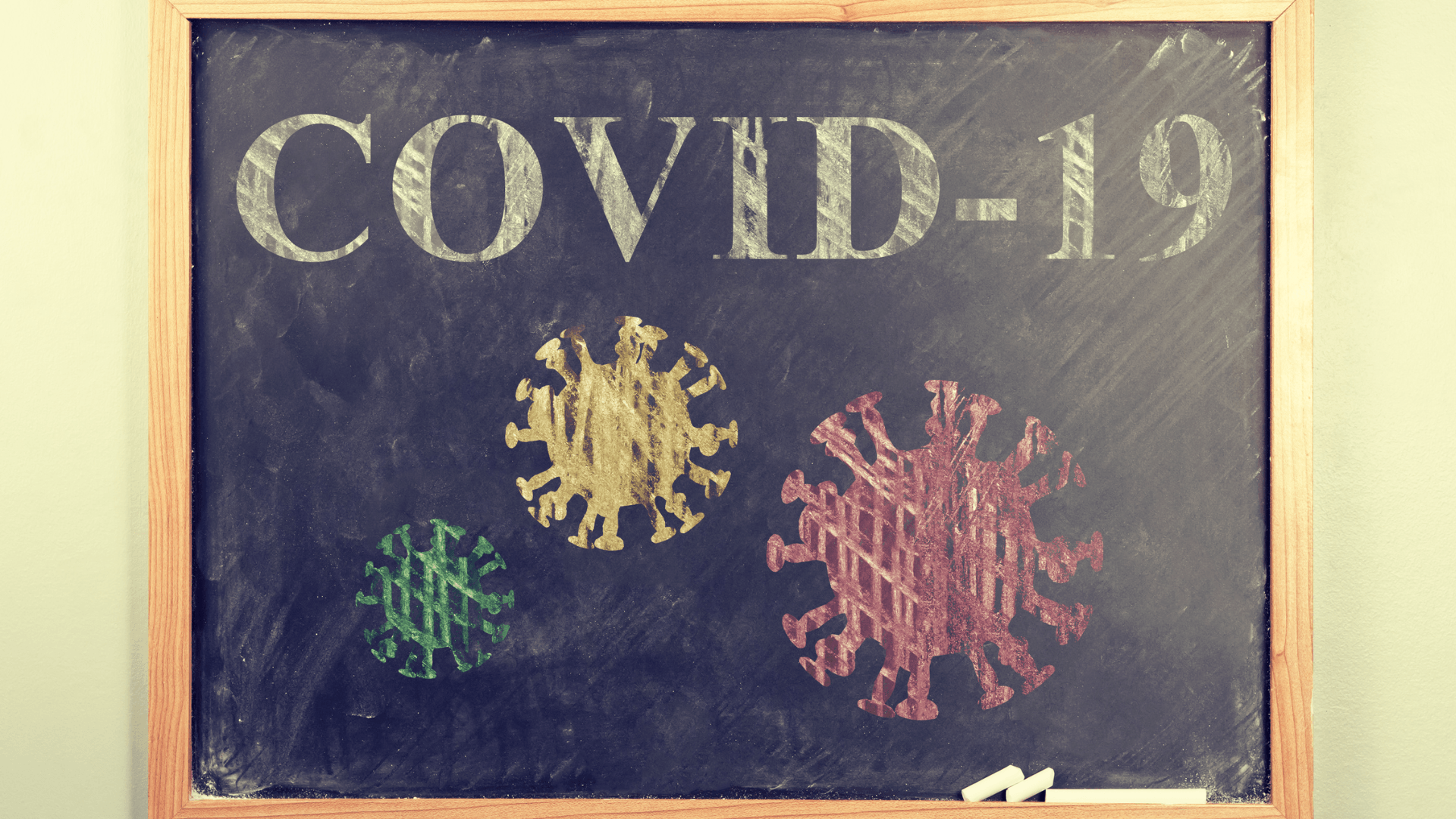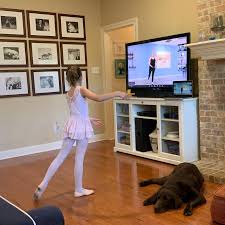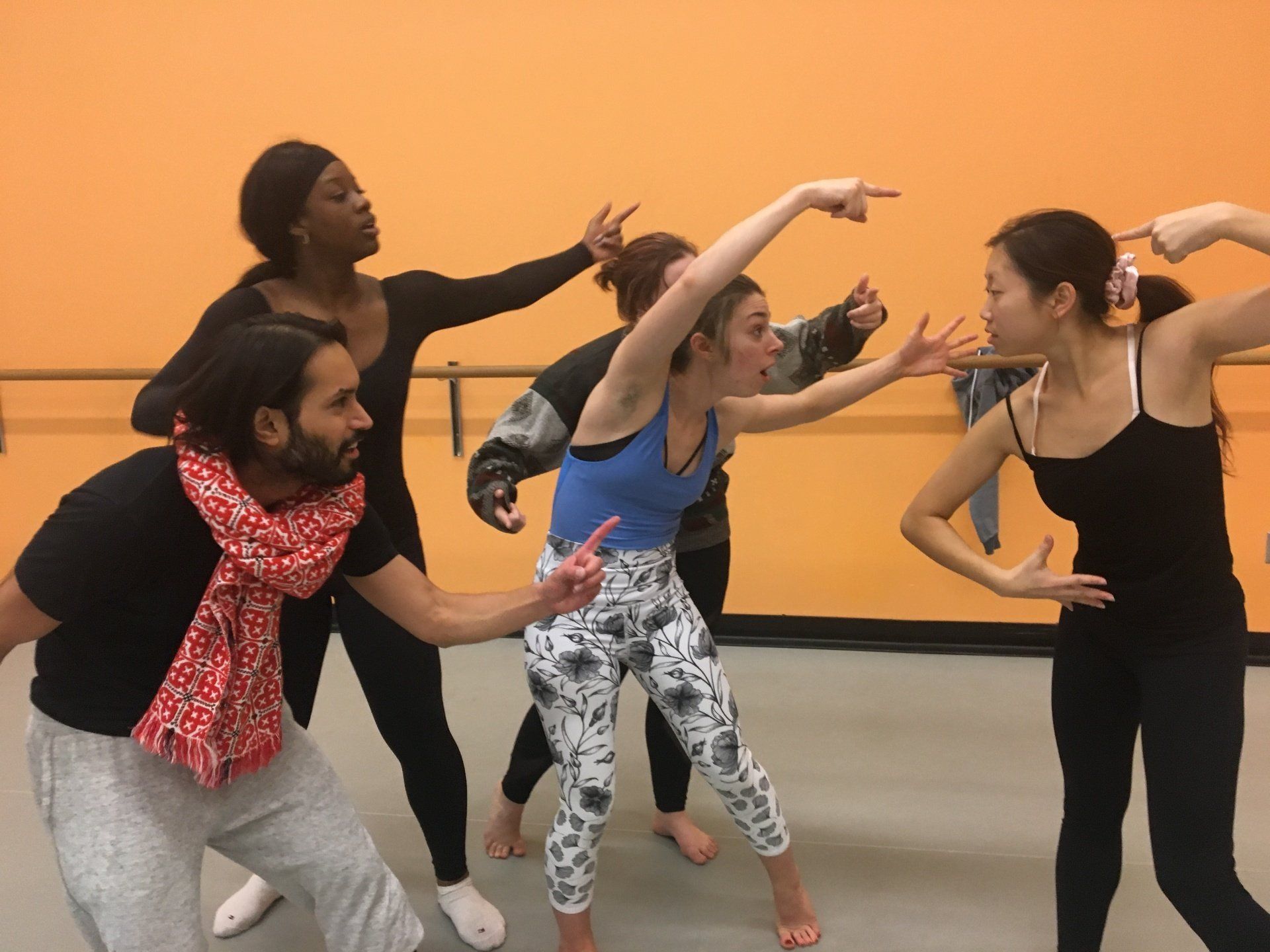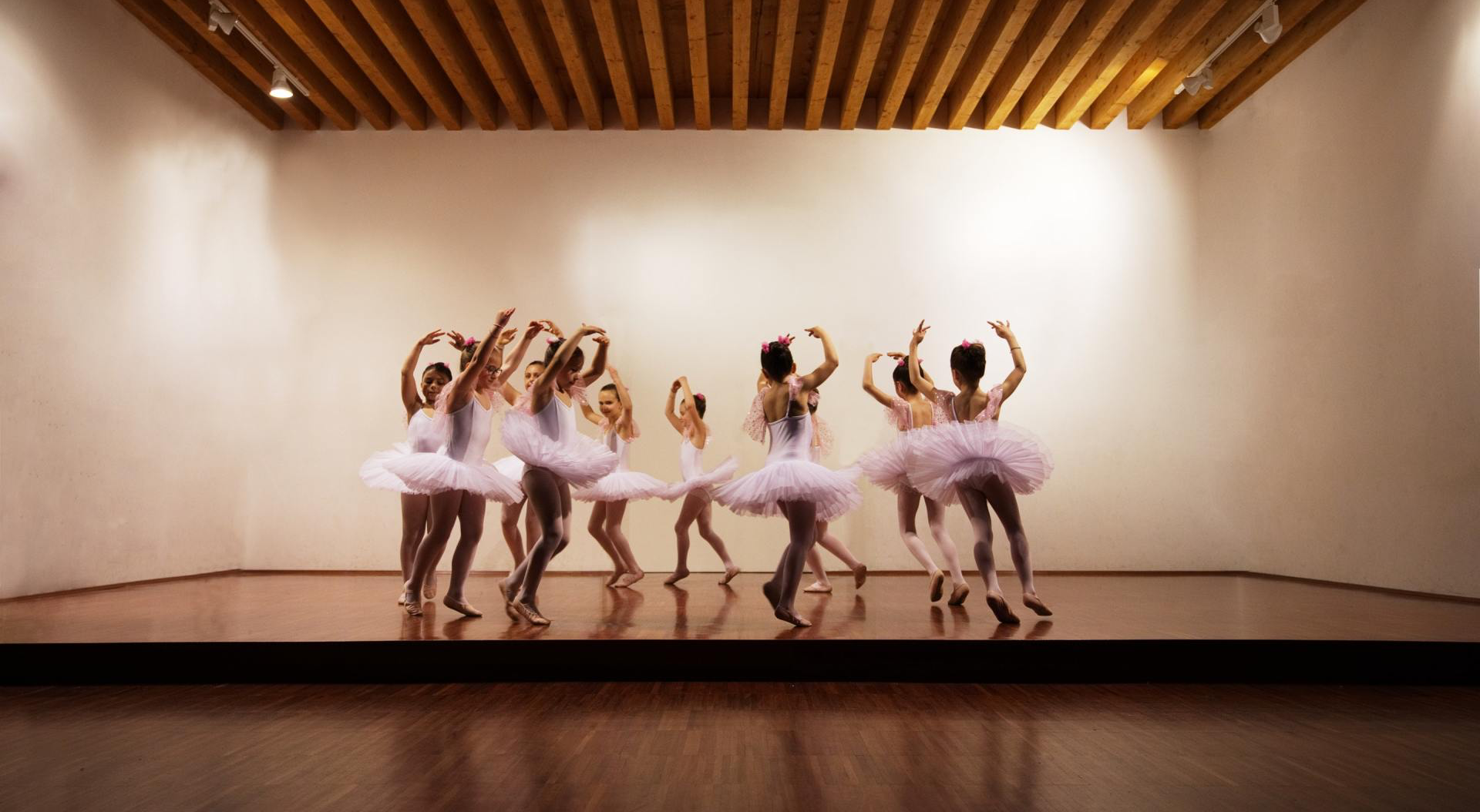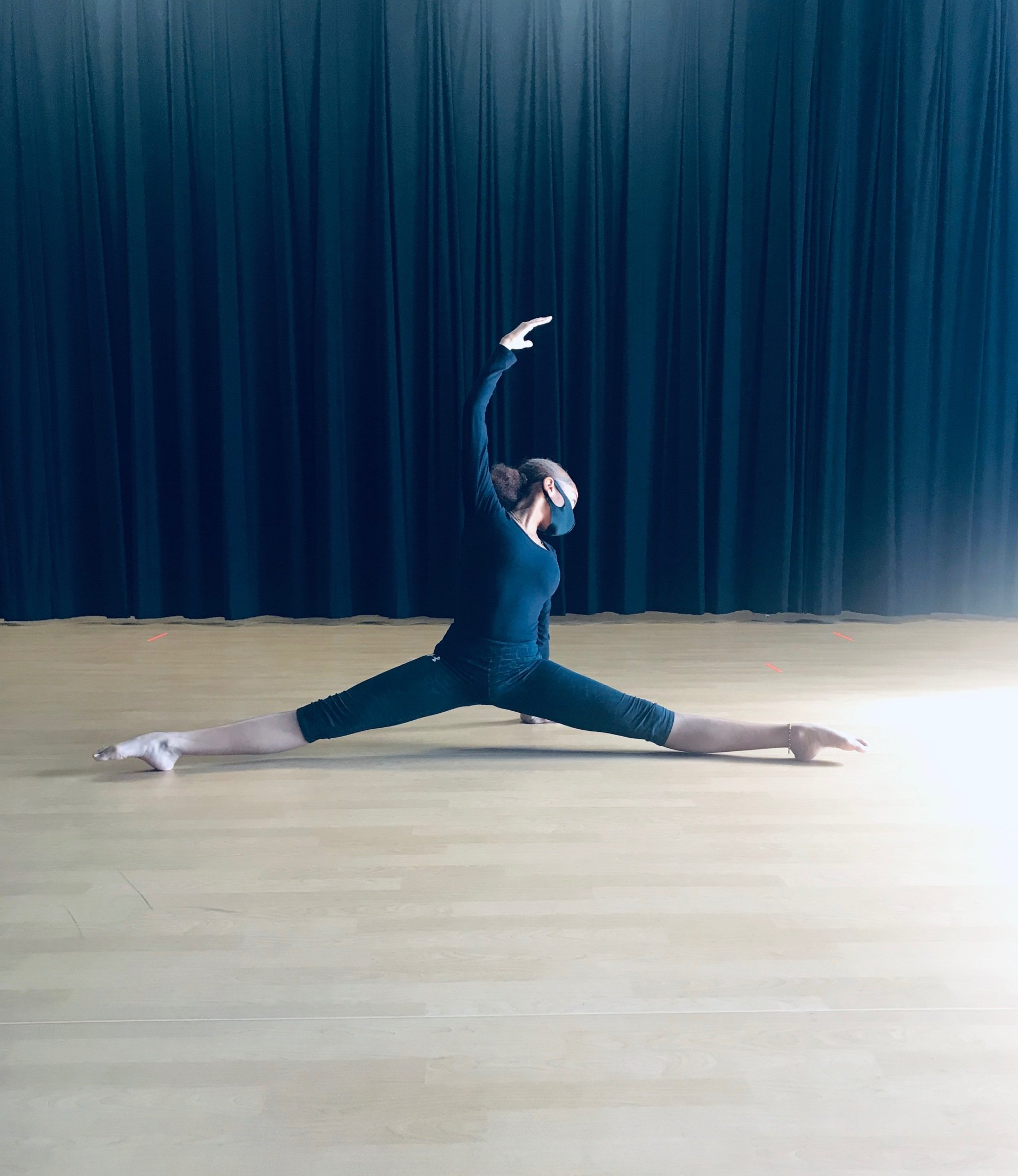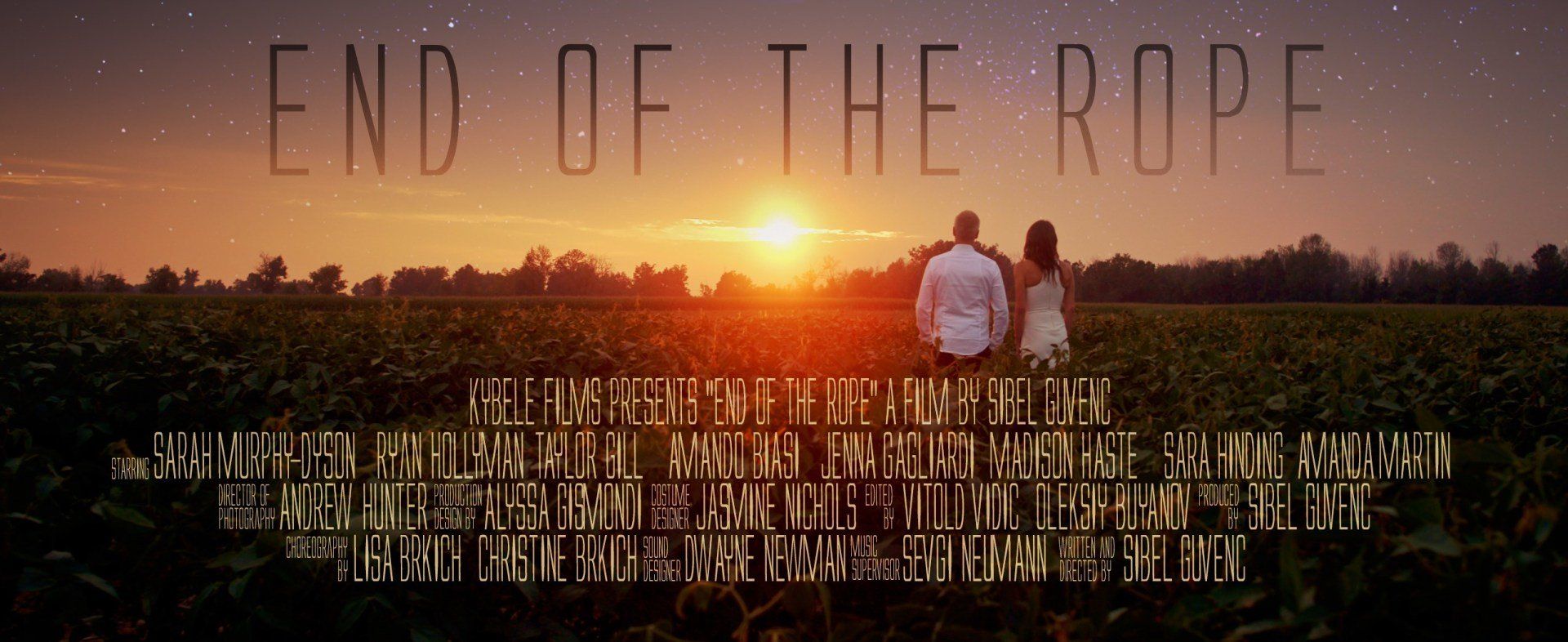Dance Teaching to the Needs of the Child
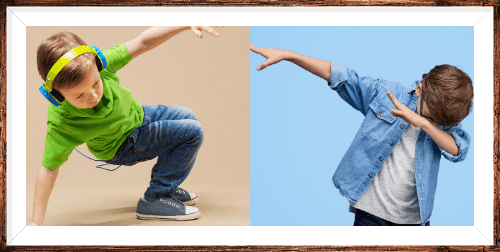
Have you ever had to teach a child who loved to run freely around the space as soon as they are two toes over the threshold of the studio’s doorway? Whom after every time you’ve tried to tell them that “it’s not an Acro class today,” they insist on doing cartwheels consistently all around the room, or behind your back when they think you can’t see them? Or when you think that everyone is settled on the floor mats doing their stretches during the warm up, this child seems to have their own routine going on, and you’re hoping that it doesn’t involve standing on their head?
Well, I have…. And moreover, I’m also a mother to one such little girl who has enough energy that she’d give God a run for His money. Now, it’s not to say that all of these children have a diagnosis of ADHD, or ADD, because some kids are just really high energy, but what if they do? And they’re on your class list, and you know that you want to make this class the best physical outlet for them, but still provide structure, creativity, technique, safety, and all that dance has to offer…. (sigh)… Where does one begin?
ADHD AND DOPAMINE
Well, let’s begin first by understanding what ADHD (Attention Deficit Hyperactivity Disorder) is. Brain neurotransmitters are responsible for doing the job of carrying messages from our brains to our bodies through our central nervous system. So, as I understand it, and how it was explained to me by our own therapist for our concerns, is that when a child is diagnosed with ADHD, they lack the brain neurotransmitter responsible for the release of dopamine.
"Dopamine allows us to regulate emotional responses and take action to achieve specific rewards. It’s responsible
for feelings of pleasure and reward. Scientists have observed that levels of dopamine are different in people with
ADHD than in those without ADHD." (https://www.healthline.com/health/adhd/adhd-dopamine#connection)
Dopamine acts as a stimulant for the brain and the body of your little dancing swan, and if she/he cannot produce enough dopamine naturally, then they will definitely seek out other fascinatingly creative ways to conjure up some excitement…. Lucky for you, that’s usually physical!
“Among other things, dopamine impacts movement, mood, motivation, and attention. More recent evidence
suggests that the relationship between dopamine and ADHD is a bit more complicated. Individuals with ADHD
seem to have an excessively efficient dopamine-removal system. They have a higher concentration of dopamine
transporters called re-uptake inhibitors. When dopamine is removed too quickly, it doesn't have sufficient time to exert its effect.” (https://www.gulfbend.org/poc/view_doc.php?type=doc&id=13861)
Dance Steps Towards Success
So… now what? You, the dance teacher, have 11 other children in the class and are determined to find a happy balance amongst them all so that the primary goal of dawning the tutu or lacing up the tap shoes to “Singing In The Rain” can happen at that June recital with Mom and Dad cheering, and not a dry eye to be found in the audience. Wow. What a climb….Ok. First of all, don’t panic. You got this!
Step 1: Tremendous Transparency
As a parent of an amazingly excitable child, I am ALWAYS transparent with the teacher upon enrolling her into a physical class. Being a dance teacher myself, I appreciate the honesty. I do not teach all forms of dance which include Acro and/or Circus training - both forms of physical instruction that I have enrolled her in. So in this way, I too am just like any other mom enrolling her child into a dance class. I have simply told the instructor prior to the first class that my daughter can be extremely unfocused and excitable when she gets her toes tapping, so I am happy to help in the studio and be there for both she and the teacher.
Note to Parents: In order to achieve success for your child, happily let the teacher know of your child’s learning/behaviour patterns. This is not about pointing fingers and shaming, or feeling “the worst parent ever” blues. Your child’s instructor will be most thankful for keeping them in the know before class begins so that they can modify their class accordingly.
Note to Teachers: Don’t be afraid to be transparent! Should you not be aware of your student’s needs before class starts, and the challenges present themselves on the first day or soon after, LOSE the Ballet SuperHero cape! Simply notify the parent that there have been some challenges in the studio and ask the parent if they have any suggestions on how to address the needs of the child or modify their environment if possible. Set up a communication portal with the parent so that you can let them know what is or isn’t working.
Step 2: Ask For HEEEEEEELP!
So at this point, with the communication lines open, the parent may have offered some strategies that seem to work for their buzzing bee, and perhaps may have even offered to come help out personally in the dance studio for a couple of classes to set it in motion. The choice is yours as a dance teacher if you should wish for the parent’s help in your dance studio should they offer it. If you would rather the parent enjoy their one hour of grocery shopping bliss, request the help of a class assistant (either another staff member or a senior dance student) to come and help you out during that class so that you can tend to the class as a whole, should that child require a little more one - on - one attention. Take into consideration as well, that the hardest times in the class for your child to focus will be during your explanations and demonstrations of the next exercise or choreography. This is when you are most likely to lose them. It's at these times that an assistant really becomes necessary so that you can get on with teaching the body of the work.
Step 3: Don't Take It Personally - Use It To Your Advantage
Adhere to a structure of a class that works for all the students so that they know right away what the lay of the land looks like. Even your little wonderer will find their way through the class if they very quickly become familiar with the structure and expectations. Stick to your guns about those expectations and proper respect to uphold in the studio, BUT! Don’t take it personally if they decide that what you’re teaching is boring and “tendues in the sand” aren’t nearly as exciting as rolling on the floor. Remember, while the other students are thinking about the “perfectly pointed point”, little wonderer is putting out dopamine fires in their brain and body, and rolling just feels SO GOOD! It’s your choice to go with it, or to challenge it. Try having your assistant roll around with them for a little while to change up the much needed stimulation in their bodies, providing that they’ll agree to throw in a few amazing tendues in the sand with the rest of the class too. OR… If you’re feeling particularly improvisational, use her new movement style to incorporate it into your tendues! “Tendues in the sand for 2 counts of 8 in the centre, then get down and roll in the sand for another 16 counts everybody! We can count altogether! And then we’ll do it ALL OVER AGAIN!” With this particular teaching improv, not only have you included your fantastic wondering ballerina, but you’ve also allowed for them to feel as though they’ve contributed to the creative choreographic process, while the rest of the class is also thankful that they get to roll around the floor for 16 counts! Reward is an amazing thing for every BODY!
Step 4: Turn Them Into Task Master Leaders
So for some reason or another, it becomes a bone of contention with the little ones about who is “first in line” when going down the room in a dance class. While some kids are great at letting others go in front of them, others may be very particular at taking turns. This warrants the “first in line” leader speech. Let your jazzy jazz bunnies know that in a dance studio we respect one another, and each other’s needs and spaces. We will all have turns at being first in line from week to week in our dance class. Where possible however, give the job of the line “leader” to your energetic bouncing bunny. Let them be accountable and attentive to the task at hand. Suddenly, by creating a “job” for their highly stimulation-seeking brain to attend to, you’ve filled the need of them feeling included, important, and have fired up their receptor buckets to complete a grand task. It may be the very thing they are SUPER focused on doing the entire class - so let them own it. There may be other opportunities for that child to exercise their leading abilities as well - perhaps they can help be a dance captain for 8 counts of memorizing the new dance combo for the next week, or perhaps they can help be your eyes to make sure that everyone has their hands on their hips as they progress down the room - anything to keep their eyes and brains turned on to a task and focused for a short stint is helpful and encouraging.
Step 5: Teach Them Love
At Two Sisters Dance Projects, we are FIRM BELIEVERS that the WORLD NEEDS DANCE now more than ever! In a dance class one can learn about respecting one another, active listening skills, creativity, and self exploration… and none of these skills can be taught without attention to love!
Love oneself. Love one another. It’s simple. As soon as that child knows that they are loved and respected and someone thinks the world of them, they will begin to trust; and trust will turn into learning; and learning will turn into capability; and feeling capable can change how they walk out of your dance studio and face the world every day for the rest of their lives. This is all because you showed them that they were important, you encouraged them to be creative, you taught them to be mindful of space, and how to listen to the teacher and to their own bodies if only for a moment, until that moment became an entire dance piece, and that you believed that they could do it. Now, thanks to your patience, and perseverance, they believe it too. And couldn’t we all use a little more of that self-love as we grow into becoming the best versions of ourselves?
So now, go and knock it out of the park at that June recital! Put Mom and Dad in the front row - and let them see how far their shining star has come! From doing back flips on their couches to a series of cartwheels downstage centre finishing in their best split ever, Mom and Dad will be emptying out the Kleenex box!
Sources:
Duggal, Neel. "Attention Deficit Hyper Activity Disorder (ADHD): The Role of Dopamine." Edited by
Nancy Hammond, M.D. Healthline.com, Red Ventures, 15 Jan. 2020, www.healthline.com/health/adhd/
adhd-dopamine#connection. Accessed 16 Oct. 2020.
Austin, Margaret V., Ph.D. "ADHD: Attention Deficit Hyper Activity Disorder Neurotransmitter Changes
with ADHD." Edited by C. E. Zupanick, Psy.D. Gulf Bend Center, Centersite, www.gulfbend.org/poc/
view_doc.php?type=doc&id=13861. Accessed 16 Oct. 2020.
